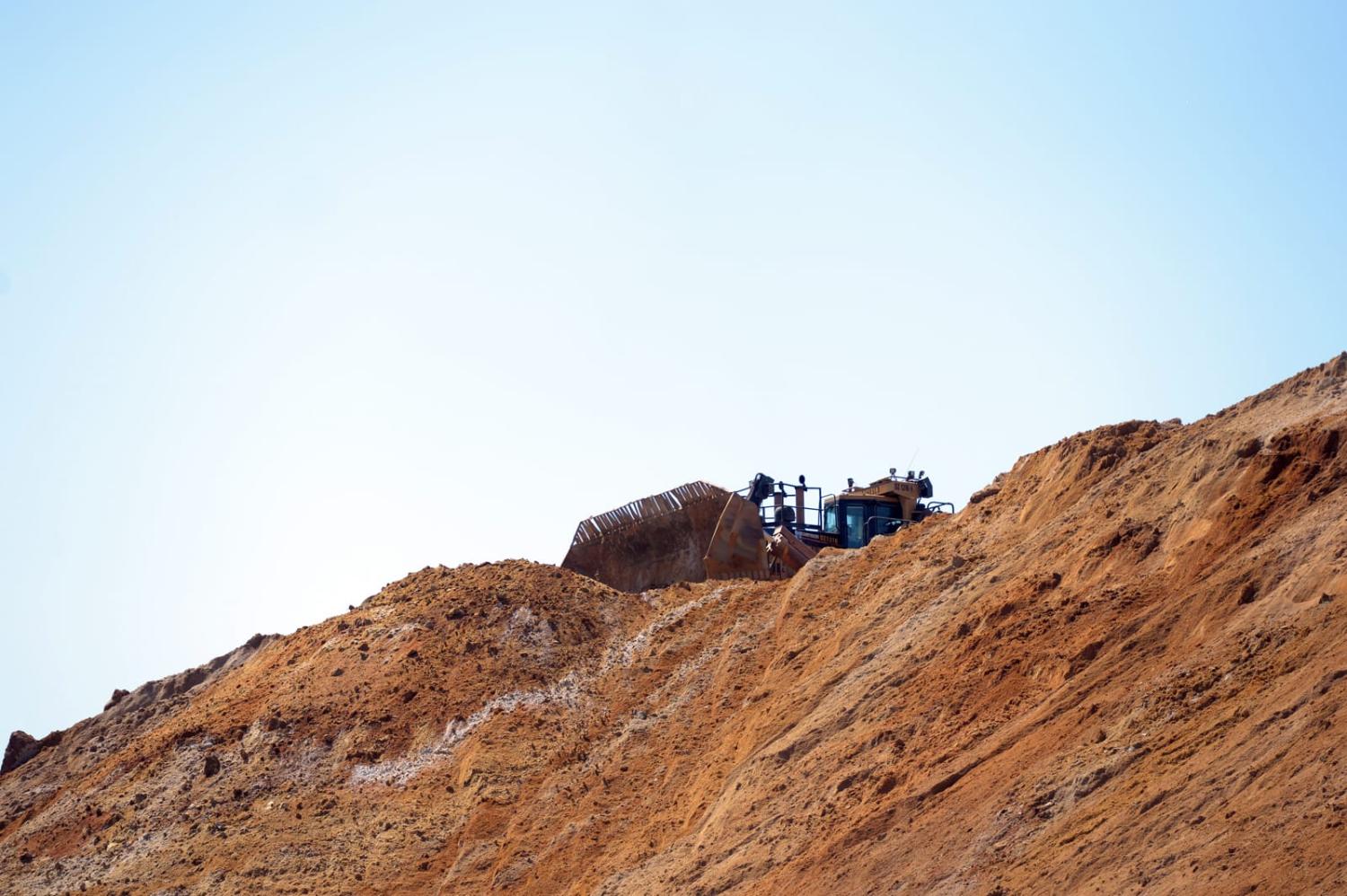Prime Minister Albanese sparked a mini controversy last month by wearing a Rio Tinto shirt with “Anthony” emblazoned on the chest pocket to a press conference in Karratha. He was touring an iron ore mining site, in the context of hopes for continued global growth in demand for Australian-sourced critical minerals such as lithium to support clean energy technologies. Albanese reflected this ambition when he proclaimed “there is no reason whatsoever why Australia can't be making batteries given the resources … which are here in Australia”.
But Australia has long struggled to resolve the puzzle of converting enormous mineral wealth into advanced industries manufacturing products such as batteries. Australia’s continued willingness to focus on raw minerals exports is in sharp contrast to a drive underway in other countries to reassert control over their resource endowments as the basis for further industrialisation. As the Prime Minister literally dresses in mining company attire, other countries are using so-called “resource nationalism” measures to compel mining companies to invest in minerals refinement and processing.
Indonesia, for instance, has slapped a ban on raw nickel exports in a bid to supercharge its domestic nickel refinement and electric vehicle industries. The United States’ much-discussed- Inflation Reduction Act has seen conditions put on green tax breaks for domestic production and procurement requirements, including for critical minerals, with claims it has already created 170,000 clean energy jobs. And Chile plans to nationalise its lithium industry and, alongside Argentina and Bolivia, reportedly may seek to form a “lithium OPEC” to control lithium supply and hence pricing.
By comparison, the measure of Australia’s economic complexity – according to the “diversification and complexity” of our exports – has in fact declined over the past decade, suppressing long-term economic growth and job creation.
Australia’s international approach to mining-related industrialisation is simply out of step with its peers. With little evidence to suggest that Australia is meaningfully decreasing its heavy economic reliance on raw minerals exports, the government should be seriously considering adopting its own measures to shape mining policy within Australia and the green transition abroad.
The resource demands of the green transition will only increase the importance of Australia’s mining sector, given the widespread commercial applications of critical minerals in clean energy technologies. Australia, as the government likes to boast, is the “world’s largest producer of lithium, the third-largest producer of cobalt and fourth-largest producer of rare earths”, providing the Australian government with significant leverage.
Over the coming decades, the defining question for Australia will be how this leverage should be deployed. The Australian Critical Minerals Strategy 2023–2030 is a promising first step. The strategy’s commitment to supply chain diversification is pivotal for safeguarding the Australian economy against external shocks. Australia is already investing billions of dollars in critical minerals projects through Export Finance Australia, the Northern Australia Infrastructure Facility, and the Clean Energy Finance Corporation. And if the government’s plan to build sovereign capability in critical minerals processing materialises, it could create thousands of well-paid, long-term jobs.
Still to be determined is whether Australia will use this overarching strategy to justify more interventionist policies that would kickstart the domestic manufacturing sector. Not insignificant sums have been dedicated to encouraging the mining of critical minerals and indeed the development of mining-related advanced industries. But Australia’s approach has so far largely been business-as-usual, reflective of a time before widespread opposition to the World Trade Organisation’s trade liberalisation agenda and its international legal architecture led many countries to adopt overtly protectionist trade policies.
Australia should be wary. There are good reasons to be sceptical of the global industrial policy turn in the absence of accompanying reforms to international trade law and global mining governance. An international agreement on the appropriate use of green subsidies would be highly desirable, in that it would avert a widespread turn to unrestrained protectionism in the Global North, which could have ruinous consequences for export-led industrialisation strategies in the Global South.
Moreover, mining activity in support of the global green transition has raised a wave of humanitarian and environmentalist concerns. Issues such as the devastating pollution caused by Indonesia’s nickel industry and the severe human rights abuses associated with cobalt mining will command more attention. There is a desperate need for global leadership to strengthen and enforce global mining standards on human rights and environmental protection. Australia must be cognisant of the need to ensure that new mining developments – both domestically and abroad, given the international salience of Australian mining companies – foster sustainable and inclusive development. It is imperative that the Australian government works to avoid any repeat of the costly political and social consequences of what has been termed “resource extractivism”, a phenomenon which shaped past Australian mining activities in Nauru and Bougainville.
Hence, Australia’s optimal approach to mining diplomacy is hardly clear cut. However, given the seismic economic and moral stakes, Australia’s existing strategy should be rigorously debated and compared to its alternatives so as not to repeat the mistakes of previous decades. Many reasons might explain why Australia currently doesn’t have a domestic battery manufacturing industry. But the goal for Australian policy should be striving to be a global rule-maker rather than a rule-taker, defining which “resource nationalism” measures are permissible and how global mineral stores can be managed fairly and justly.

